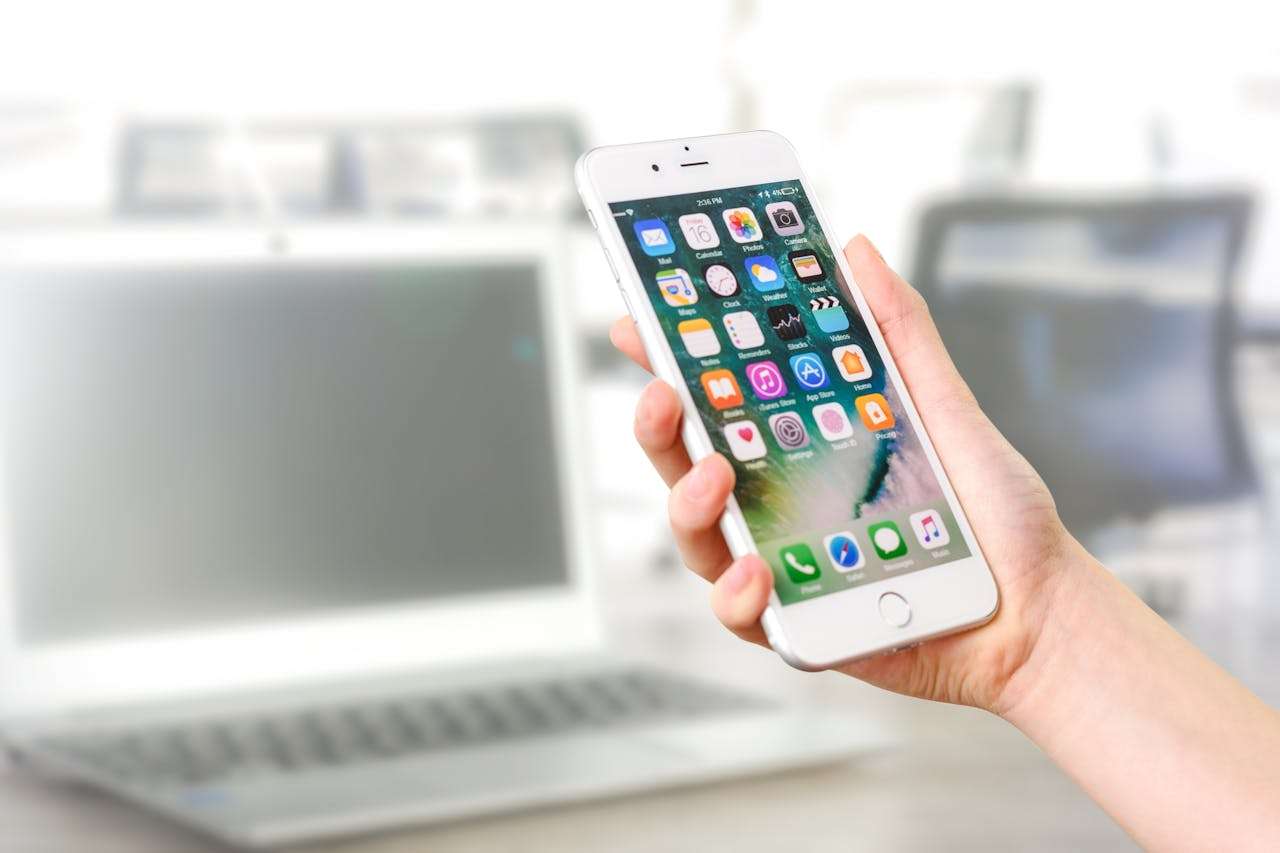There are 1.8 million apps and 2.4 million apps on the App Store and Google Play Store, respectively.But did you know an average app generates only $1.79 in revenue?
App developers need to be aware of all monetization methods to sustain and thrive in the competitive landscape. In this blog post, we take a deep dive into five of the most effective mobile app monetization strategies to maximize revenue.
1. In-App Advertising
The ads are integrated into the app interface. There are many types of in-app ads, including banner ads, interstitial ads, video ads, text ads and native ads, to name a few.
It’s one of the popular monetization methods for developers, which is constantly on the rise. As per a study, ad revenues generated from in-app ads are expected to reach $226 billion by 2025.
The primary goal of in-app ads is to strategically place ads in the user-interface that complements instead of disrupting the user experience. In-app ads generate revenue streams while ensuring user engagement.
It’s an effective monetization method that helps developers reach a wider audience. It allows developers to collaborate with advertisers to place ads on their apps to promote their product or service while delivering a free app experience to users.
2. In-App Purchases
It’s another great monetization method that is making strides in the app industry, especially in the gaming arena. Leveraging this method on gaming apps is a great monetization strategy for various reasons.
In mobile games, in-app purchases allow gamers to buy certain features and items to elevate their gaming experience. Depending on the game type, these features can be anything from gaining free lives and additional coins and unlocking hidden levels and abilities.
While an in-app purchase option can be placed at any time in the game, however, the smartest way to incorporate it is to analyze user behavior and strategically place it when the user needs urgent assistance. For instance, when the user has low health or no lives remaining or needs a special skill or weapon to slay a monster.
It’s also quite simple to set up an in-app purchase option. Right after the app is installed, the user has the option of adding their credit card details for in-app purchases.
3. Affiliate Marketing
All major tech giants including Apple, Google and Microsoft offer affiliate programs to agencies providing mobile app development services.
One of the methods of utilizing affiliate programs is to promote other apps within your app. Although developers may not be able to earn a decent commission, they still have the choice to promote their preferred app.
You can generate revenue from affiliate marketing without charging for downloads and offering in-app purchases. Developers can promote and sell products or services within an app.
However, affiliate marketing is time-consuming, you need to constantly recruit and manage affiliates. Plus, there is also a high competition for affiliates to promote the product or services for the company they work for.
4. Freemium Subscriptions
It’s probably one of the common monetization methods for agencies that provide mobile app development services. It works by providing a free version of the app with basic features. At the same time, the app further offers premium features, additional content and digital goods through in-app purchases. The primary psychology behind this approach is to introduce the app to the users. So they can get acquainted with core functionalities first without any upfront costs.
Once the users start to like the app, they can further enhance their experience by opting for in-app purchases. Thus, generating revenues for developers. The ideal freemium model strikes a perfect balance providing value to free users and further encouraging these users to opt for in-app purchases to elevate their experience.
One of the greatest benefits of using freemium models is that they offer app revenue that can increase significantly without having to invest in traditional marketing campaigns. Furthermore, it also gives a taste to the users of what value they can get before they can opt for a subscription.
5. SMS Marketing
Although SMS marketing might seem old-fashioned but when it’s perfectly executed it has the potential to reach your users and achieve the desired results. As a matter of fact, as per a 2022 survey found that almost 47% of respondents agreed to be contacted by brands via SMS.
It’s also crucial to gain your users consent before reaching out to them with promotional messages. Analyze the time and length of the message to send your users, because no one wants to read a novel-length message while at bed time.
Conclusion
There’s no one-size-fits-all with such a myriad of monetization methods.
A successful monetization strategy requires meticulous planning, experimentation, user analysis, and an understanding of the app. Implementing a data-driven strategy that ensures user satisfaction can open avenues for flexible revenue streams for developers.

As the editor of the blog, She curate insightful content that sparks curiosity and fosters learning. With a passion for storytelling and a keen eye for detail, she strive to bring diverse perspectives and engaging narratives to readers, ensuring every piece informs, inspires, and enriches.










